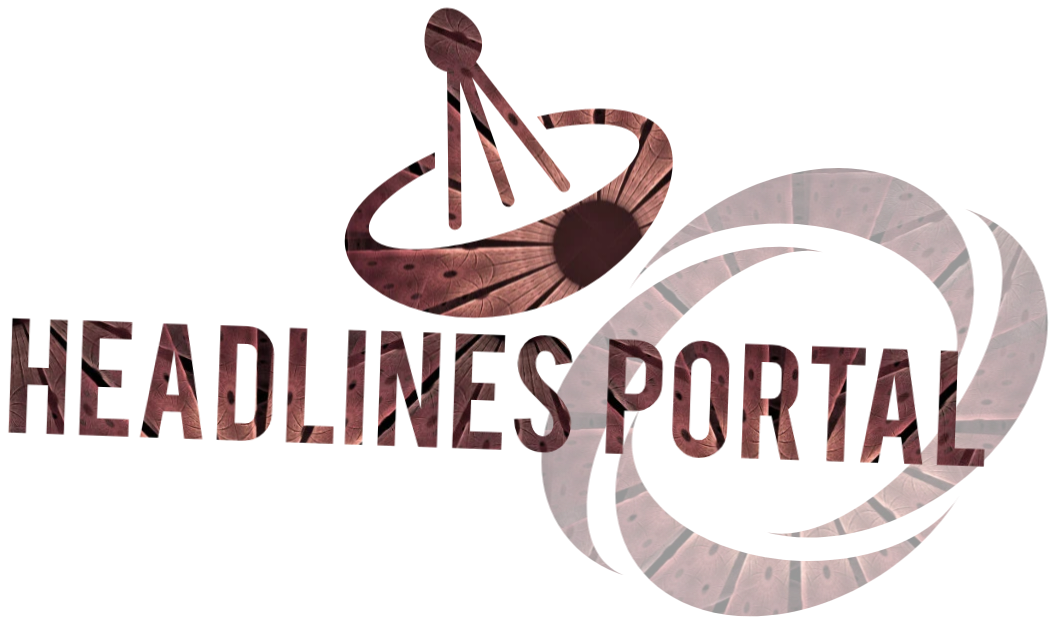
Pterosaurs are often imagined soaring over the heads of dinosaurs, but a new analysis of their fossilized footprints shows that some of these flying reptiles were just as comfortable walking on the ground.
Terrestrial locomotion and track morphology of pterodactyloid pterosaurs: (A) reconstruction of the ctenochasmatoid pterosaur Ctenochasma elegans walking using an ipsilateral gait in which fore and hind limbs on the same side of the body move together as pairs; (B) manual and pedal morphology of Ctenochasma elegans; the pes is plantigrade and pentadactyl, whereas the manus is digitigrade and functionally tridactyl, as the large fourth digit, which supports the outer wing, is folded away during terrestrial locomotion; (C) height map of pterosaur manus and pes footprints in the holotype of the ichnotaxon Pteraichnus stokesi, exhibiting a morphology consistent with that of Ctenochasma elegans; (D) height map of part of a pterosaur trackway, Pteraichnus isp., from the Upper Jurassic Cazals Formation of Crayssac, France; (E) interpretive outline drawing of Pteraichnus isp. Scale bars – 20 mm in (C) and 200 mm in (D) and (E). Image credit: Smyth et al., doi: 10.1016/j.cub.2025.04.017.
“Footprints offer a unique opportunity to study pterosaurs in their natural environment,” said Robert Smyth, a doctoral researcher at the University of Leicester.
“They reveal not only where these creatures lived and how they moved, but also offer clues about their behavior and daily activities in ecosystems that have long since vanished.”
In the study, Smyth and his colleagues uncovered three distinct types of pterosaur footprints, each shedding light on different lifestyles and behaviors.
By linking footprints to specific groups, they now have a powerful new way to study how these flying reptiles lived, moved, and adapted to different ecosystems across time.
“Finally, 88 years after first discovering pterosaur tracks, we now know exactly who made them and how,” said Dr. David Unwin, also from the University of Leicester.
Perhaps the most striking discovery comes from a group of pterosaurs called neoazhdarchians which includes Quetzalcoatlus, with a 10 m wingspan one of the largest flying animals ever to have existed.
Their footprints have been found in coastal and inland areas around the world, supporting the idea that these long-legged creatures not only dominated the skies but were also frequent ground dwellers, inhabiting the same environments as many dinosaur species.
Some of these tracks are present right up until the asteroid impact event, 66 million years ago, which led to the extinction of both pterosaurs and dinosaurs.
One group of pterosaurs, ctenochasmatoids, known for their long jaws and needle-like teeth, left behind tracks most commonly found in coastal deposits.
These animals likely waded along muddy shores or in shallow lagoons, using their specialized feeding strategies to catch small fish or floating prey.
The abundance of these tracks suggests that these coastal pterosaurs were far more common in these environments than their rare bodily remains indicate.
Another type of footprint was discovered in rock layers that also preserve the fossilized skeletons of the same pterosaurs.
The close association between the footprints and skeletons provides compelling evidence for identifying the print makers.
Known as dsungaripterids, these pterosaurs had powerful limbs and jaws, with toothless, curved beak tips designed for prising out prey, while large, rounded teeth at the back of their jaws were perfect for crushing shellfish and other tough food items.
“Tracks are often overlooked when studying pterosaurs, but they provide a wealth of information about how these creatures moved, behaved, and interacted with their environments,” Smyth said.
“By closely examining footprints, we can now discover things about their biology and ecology that we can’t learn anywhere else.”
The team’s paper was published in the journal Current Biology.
_____
Robert S.H. Smyth et al. Identifying pterosaur trackmakers provides critical insights into mid-Mesozoic ground invasion. Current Biology, published online May 1, 2025; doi: 10.1016/j.cub.2025.04.017














